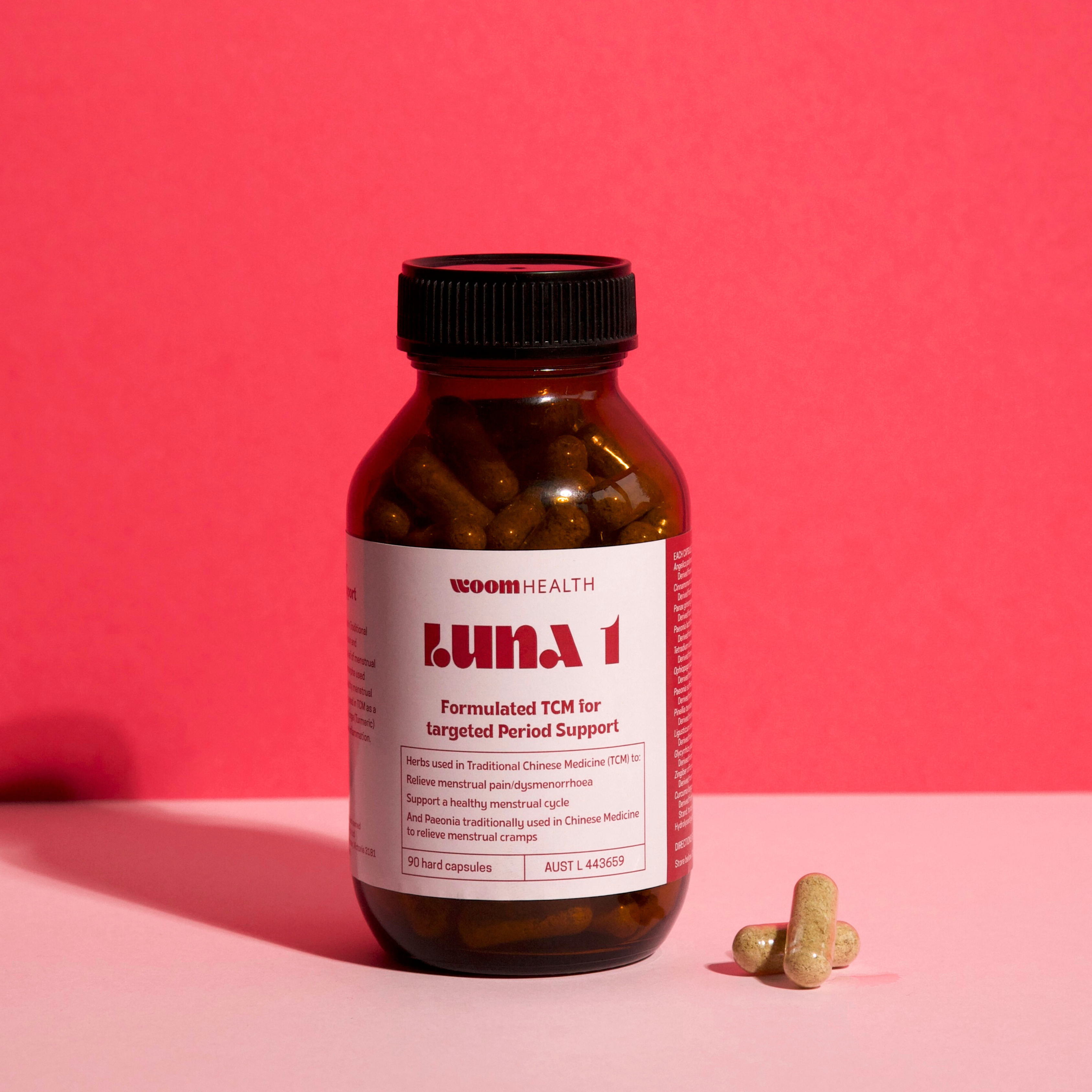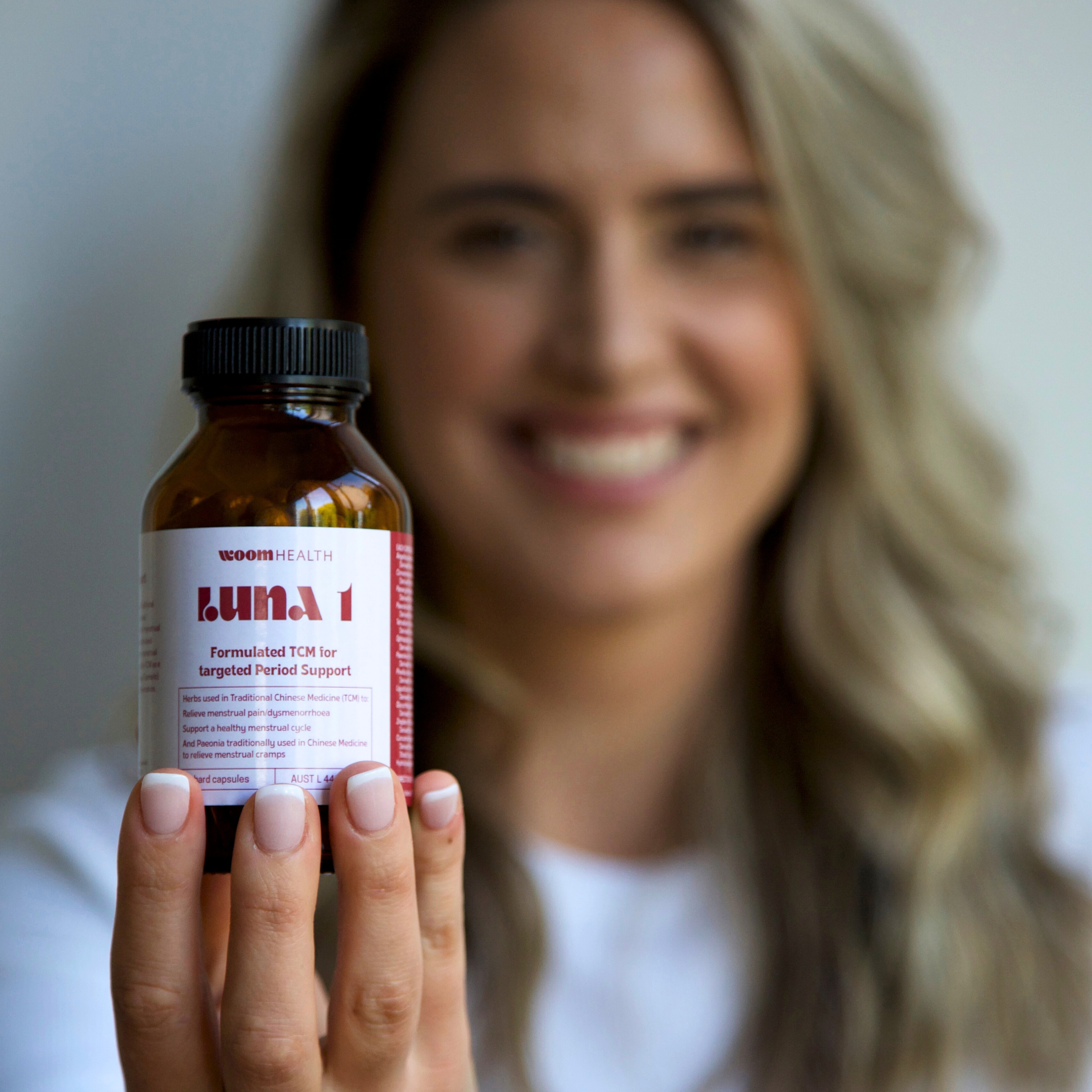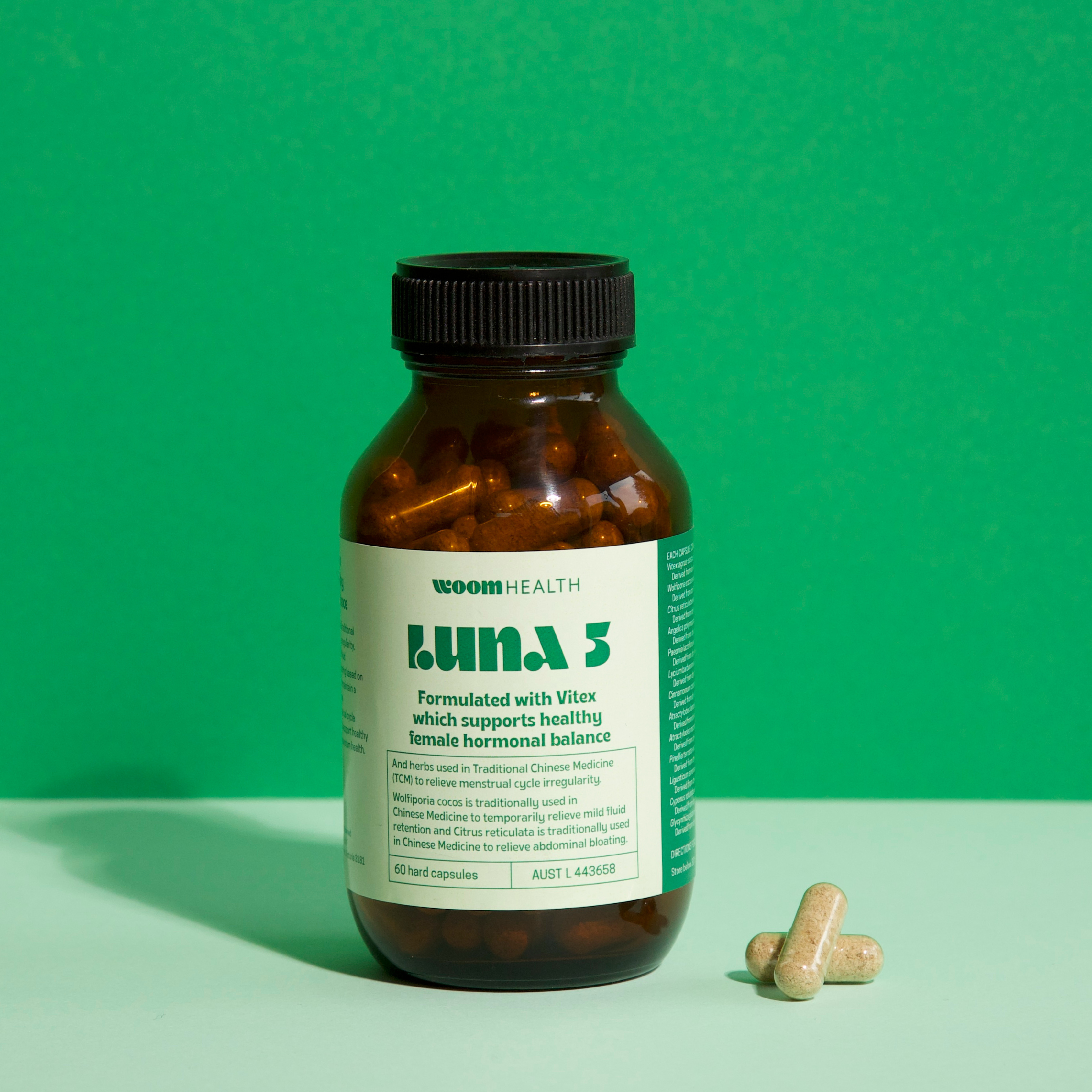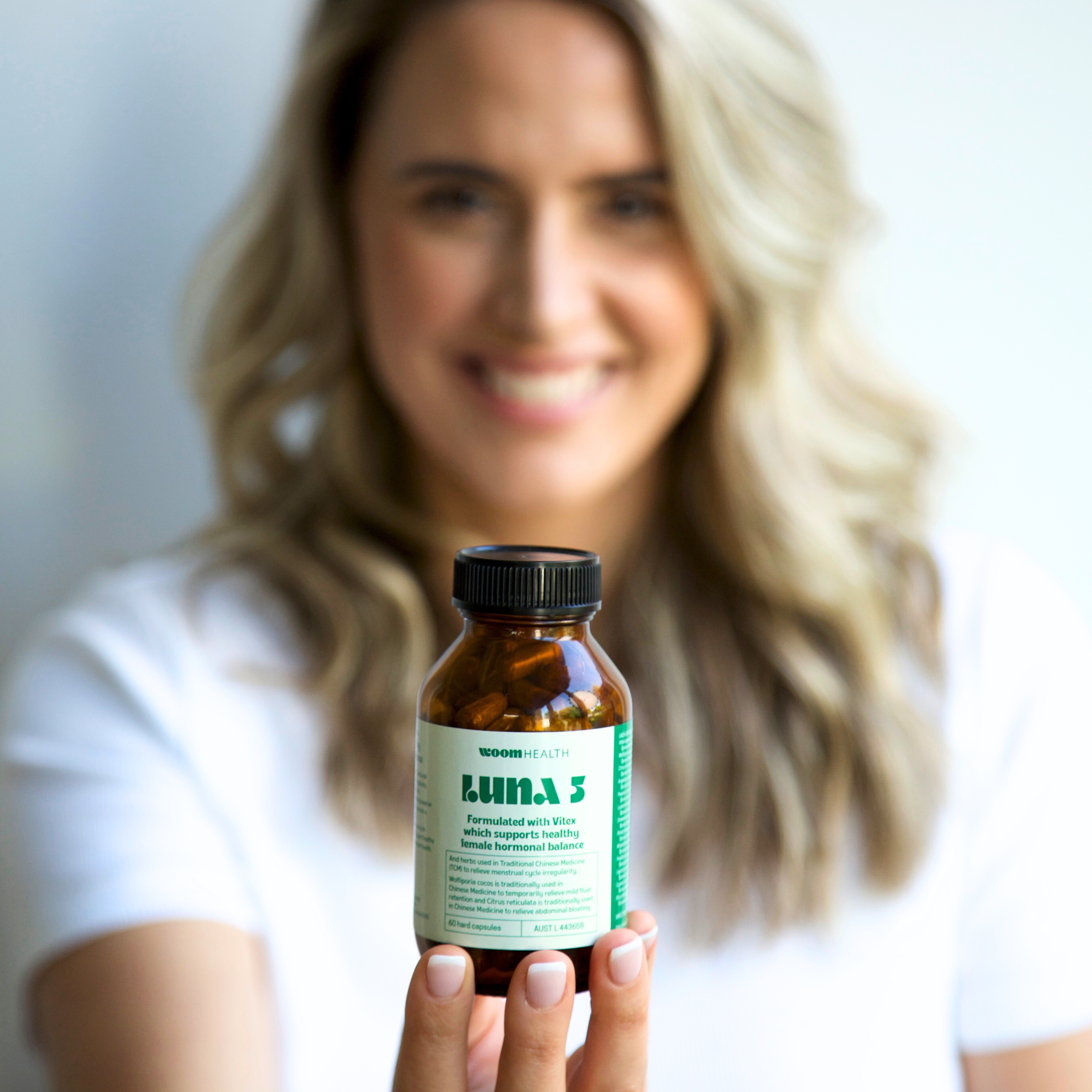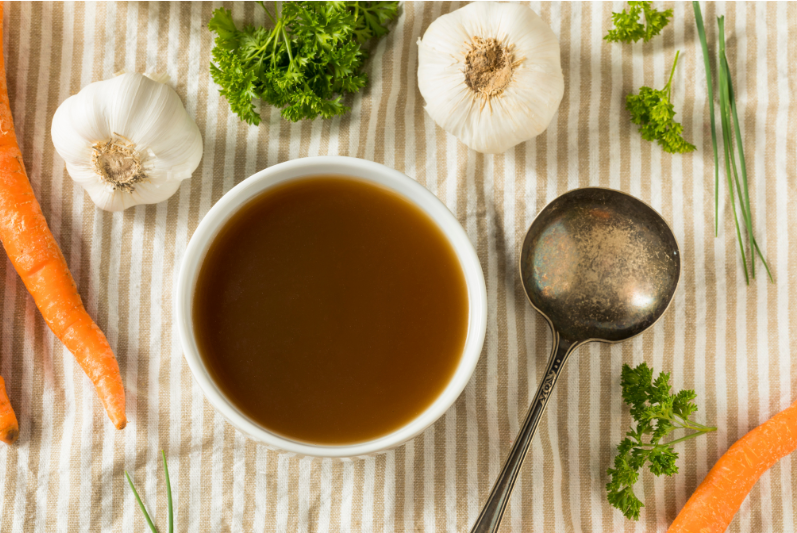Supporting a Healthy Endometrial Microbiome - Not all uterine flora is the same!
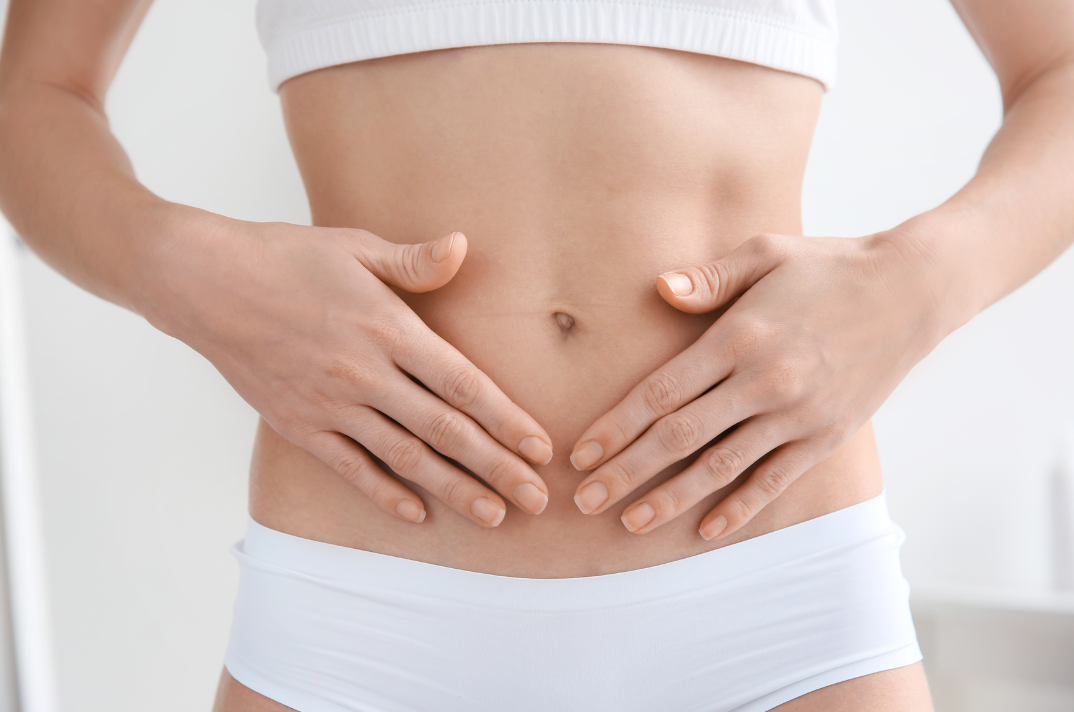
For many years, when discussing your vaginal microbiota ecosystem, the focus has been on vaginal flora. Quick science lesson! This is the bacteria that lives inside the vagina. The normal vaginal flora is dominated by various Lactobacillus species. Lactobacilli help to keep the vagina healthy by producing lactic acid, hydrogen peroxide and other substances that inhibit the growth of yeast and other unwanted organisms. These Lactobacilli are probiotics or ‘good’ bacteria, normally found in human digestive and urinary tracts that can help the body fight off ‘bad’ organisms that might cause diseases.
vaginal and endometrial microbiomes are not the same
Researchers have recently discovered that our vaginal microbiome is VERY different to our endometrial microbiome. A study found that in 20% of subjects analysed, as they moved up the genital tract, microbial populations and microbiota were different. In fact, our endometrium has its own colonised bacteria and this microbiota is completely different to our vaginal microbiota. While Lactobacillus still dominates our endometrium microbiota, the endometrial microbiome is quantitatively and qualitatively very different from that of the vagina.
the importance of this in fertility and gynaecological health
It’s been discovered that the health and nature of our endometrial microbiome plays an important physiological and pathological role in embryo implantation, maintaining pregnancy and other gynaecological diseases. Research indicates that an abnormal endometrial microbiota is associated with poor reproductive outcomes for IVF patients and also linked to infections, inflammation, endometriosis, preterm birth and endometritis.
the presence of endometrial pathogens in endometriosis
In another study, it was found that patients with endometriosis presented with endometrial pathogens, while samples taken of endometrioma fluid presented with bacteria from Streptococcus & Straphylococcus. These pathogens are detrimental to the balance of Lactobacillus that can help the body fight off ‘bad’ organisms. It really is a battle between good vs bad… think of an army invading!
why a healthy ecosystem matters
For our uterus to maintain homeostasis, all bacteria must be living in a symbiotic relationship to create a healthy ecosystem. This applies to the health of our uterine cavity, vagina and endometrium. When the presence of endometrial pathogens (other bacteria) are present, it causes dysbiosis, a disruption to this harmonious ecosystem.
testing your endometrial microbiome
There are currently two tests available on the market to test your endometrial microbiome. These two tests are able to determine if there are other bacterial pathogens present and identify these endometrial pathogens. These two tests are called EMMA & ALICE.
emma
EMMA will determine whether the uterine microbial environment is optimal or not for embryo implantation.
EMMA determines the percentage of healthy bacteria (lactobacillus) in your endometrium. If the percentage is low, the report suggests the adequate probiotic or antibiotic treatment for each patient.
This test also reports the most abundant bacteria detected in the endometrial sample, indicating the possible presence of bacterial pathogens that can cause chronic endometritis or other infections. (Endometritis is an inflammatory condition of the lining of the uterus).
alice
ALICE is a diagnostic test to detect and quantify the most common pathogenic bacteria causing chronic endometritis, recommending appropriate antibiotic and probiotic treatment.
ALICE microbiology method allows the identification of culturable and nonculturable endometrial pathogens associated with chronic endometritis.
If ALICE tests positive, the report will focus on the detection of those specific bacteria causing said condition.
A list with the recommended antibiotics and probiotics will be provided depending on ALICE results.
supporting the health of your vaginal ecosystem
So if all this talk of good and bad bacteria is a LOT, remember that the best way to support the health of your vaginal ecosystem is within your control:
- Wear cotton underwear – We love Vee Underwear
- Vaginal hygiene – use organic products such as TOMS
- No gluten, wheat, diary, processed sugars, alcohol
- Follow a healthy diet rich in nutrients and with low glycemic index and lower fat intake
- Take a probiotic – prescribed by your practitioner
Get social & follow us for the latest on your gynae health.
The science:
www.pubmed.ncbi.nlm.nih.gov/31213058/
www.mefj.springeropen.com/articles/10.1186/s43043-020-00050-3
